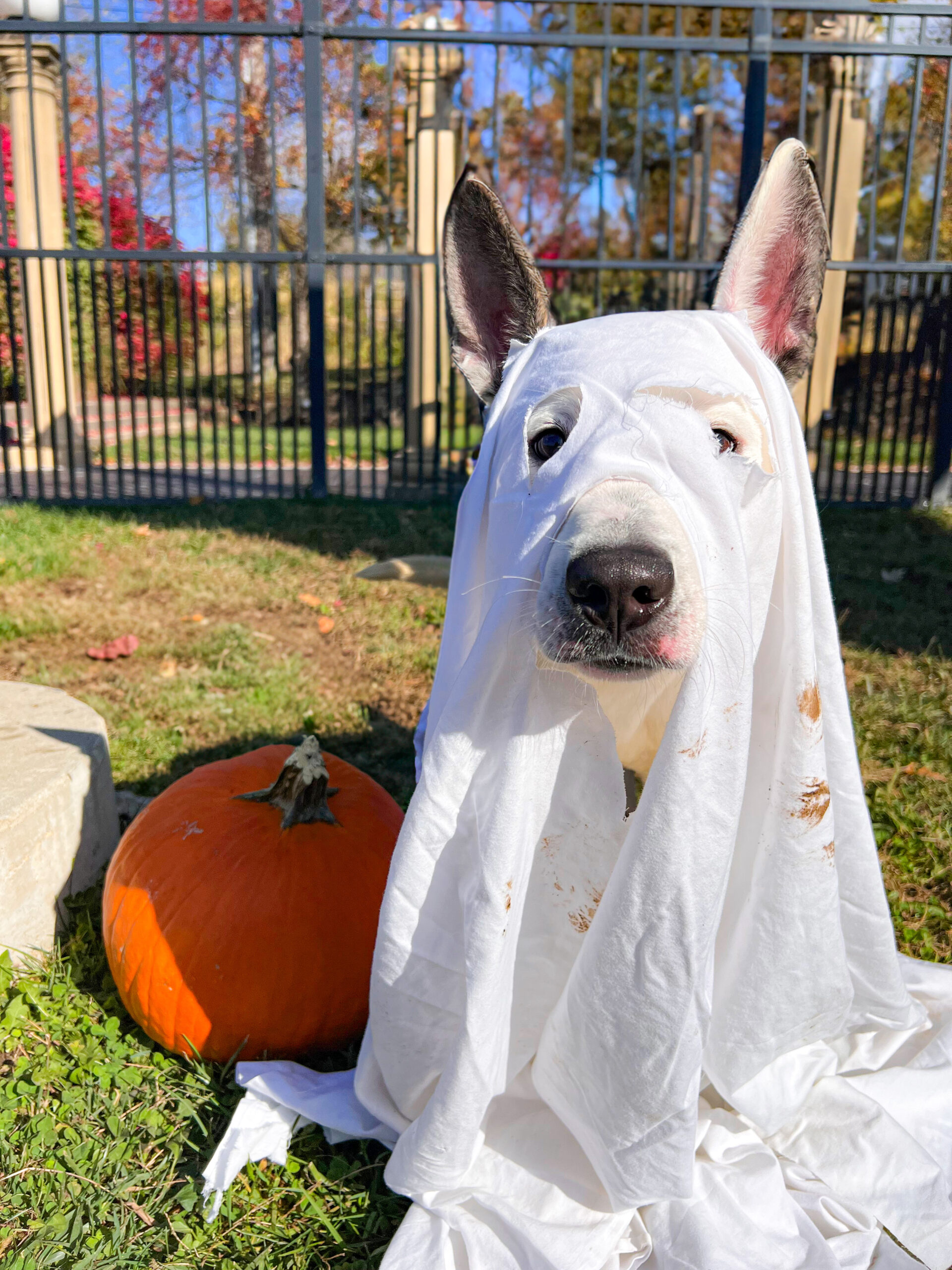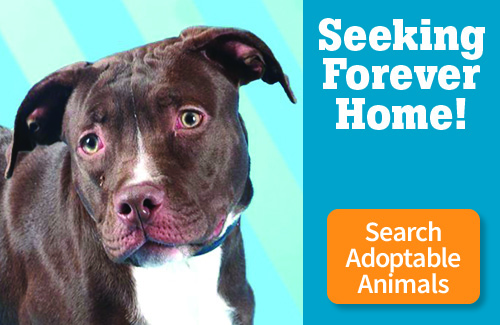 Welcome to “Ask the Pet Experts,” where you can find helpful pet advice from HSMO’s Behavior Manager, Linda Campbell (CPDT-KA, RVT, VTS). Need advice? Click here to submit your question!
Welcome to “Ask the Pet Experts,” where you can find helpful pet advice from HSMO’s Behavior Manager, Linda Campbell (CPDT-KA, RVT, VTS). Need advice? Click here to submit your question!
Our dog, Shiba, isn’t treat-driven and often could care less for affection so any suggestions to help positively reinforce good behavior?
This is a question I hear often and it can be extremely frustrating for owners! The good news is, you can take another approach to training.
Let’s examine the food issue scientifically. Food is something all animals need to survive. Without food Shiba would starve. That makes food a primary reinforcer. It also means that all animals are motivated by food at one time or another. Even people!
Affection, on the other hand, is considered a secondary reinforcer, which means animals do not rely on it to survive. Money is good example for people. Money itself has no value, but it can purchase many of the things we need for survival.
So if food is vital to life, why isn’t Shiba motivated by food? There can be several reasons:
- If Shiba has constant access to food and receives treats constantly, food is no longer special and she has no reason to work for them. Some things to try:
- Divide her food into smaller portions, schedule regular feeding times and limit availability of food to no more than 15 minutes. (If Shiba is healthy, missing one or even two meals should not cause her harm. Check with your veterinarian if concerned).
- Begin to hand feed her to help emphasize your participation in food-related activities.
- Have her sit and wait to be released before allowing her to eat.
- Work on training when she is hungry (before meals).
- Treats are not high enough value. Some things to try:
- Rather than using her kibble, offer different things. There are a lot of commercial treats out there you can offer. Soft treats are usually better, since the dog can eat them quickly.
- String cheese, boiled chicken or turkey hot dogs (dice them and then microwave — paper plate lined with paper towel, lay hot dogs in single layer, cover with paper towel, microwave until dried out. Keep an eye on them so they don’t burn!) and popcorn are just a few of many things you can try.
- There are too many distractions or Shiba is fearful/anxious. Some things to try:
- When animals are fearful or anxious, they usually will not take treats. If Shiba is afraid of loud noises, it would not be surprising to see her reject treats when there is noisy construction going on outside.
- If Shiba loves kids, the sound of children playing in the yard may be too distracting for her.
If these suggestions don’t help, you may need to think outside the box! Unlike the fictional Lassie and Rin Tin Tin, most dogs don’t work just for praise or petting. However, they often find toys, play or a walk outside rewarding. My German Shepherd is not fond of petting, but she will happily participate in a game of tug. My rules are simple, Aira must let go of the toy when requested. She then must sit or down or touch, and then is cued to take the toy and tug. I have taught her many different skills using play instead of food for her.
Additional tips and things to note:
- Every dog is different. It’s important to experiment to determine what it is that motivates your dog and use it.
- Keep training sessions short. It is better to work 5 minutes 3-4 times daily than 30 minutes at a time. Try a variety of different methods and be patient. It’s all about having fun together!
- Treats should be no larger than a kernel of corn. Shiba doesn’t care how large the treat is, just that it tastes good. A small piece of chicken can last for several sessions.
- Feeding people food will not encourage begging. If you only use this when training, it will not make your dog beg at the table. Dogs don’t beg at the table because of people food. Dogs beg at the table because they’ve been fed from the table.
- If your dog has a delicate digestive system, speak with your veterinarian about best options.
- Always start training at home when things are quiet and calm. If you find your dog suddenly stops taking treats he previously loved, re-evaluate the environment you are working in.
With some patience and creativity, it’s possible to shift a dog’s reaction to treats or to discover the rewards they prefer so you can make progress with your training!
Got pet questions? We’ve got answers!
Send us your most pressing pet behavior and training questions.
Recent news





